
How to Protect a Wood Table from Scratch & Stain
For its beauty, artistry, and refinement, woodwork is an excellent complement to any house. The only thing to be concerned about when it comes to wooden furniture is learning how to protect wood tables from any wear and tear. Wood tables are a popular kind of furniture piece. As a result, we'll concentrate on how to safeguard wooden tables from scratching or getting stained in this article.
Wooden tables will survive a long period if they are protected from everyday wear and tear, such as that caused by pets, children, or weather conditions. Since they are often used, indoor wooden tables are subject to rapid degradation. Humidity, heat, moisture, and cleaning agents can all contribute to the deterioration of your wooden deck.
Exterior wood decks are frequently faced with various conditions such as sunshine, rain, or even snow. Exterior wood furniture needs to be protected more than indoor wood furniture. You can protect your wooden tables from harm by doing preventative maintenance. The great news is that you wouldn't have to wipe or polish them the whole day. Here is how to protect a tabletop:
When it Comes to Wood Tables, What Should You Be Cautious of?
Scratches
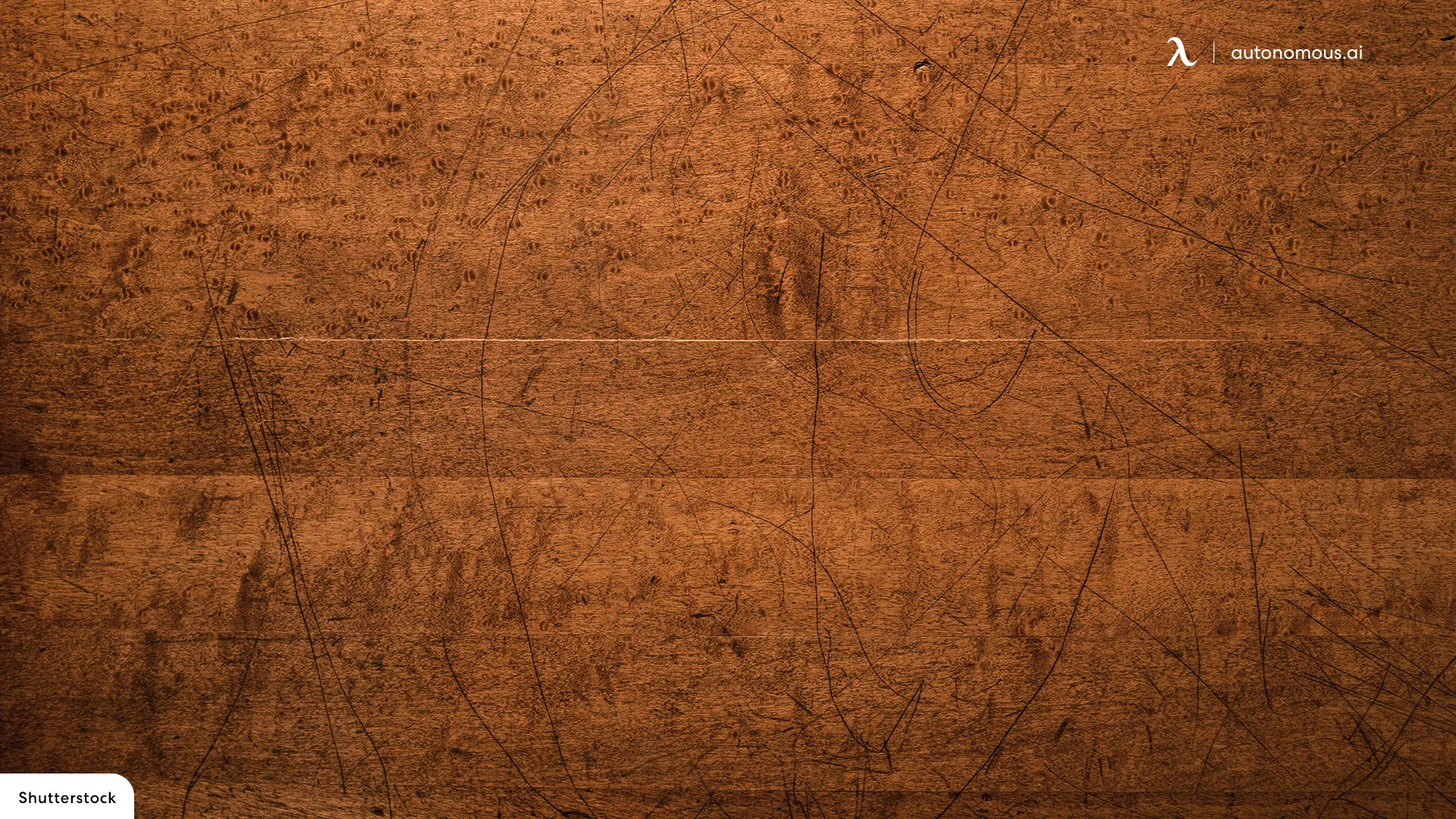
You can inadvertently damage your wooden standing desks with various items, such as the SmartDesk 2 (Standard). Whenever you move your plates and other items onto your tables, it's what you're doing. Or if you shift something that is sitting practically on top of the hardwood. Perhaps when pads are connected under a container, computers, or other devices, you can protect wood table tops from scratches. It would help if you used table mats or covers to keep these items from damaging your tables, such as a fabric.
Liquids
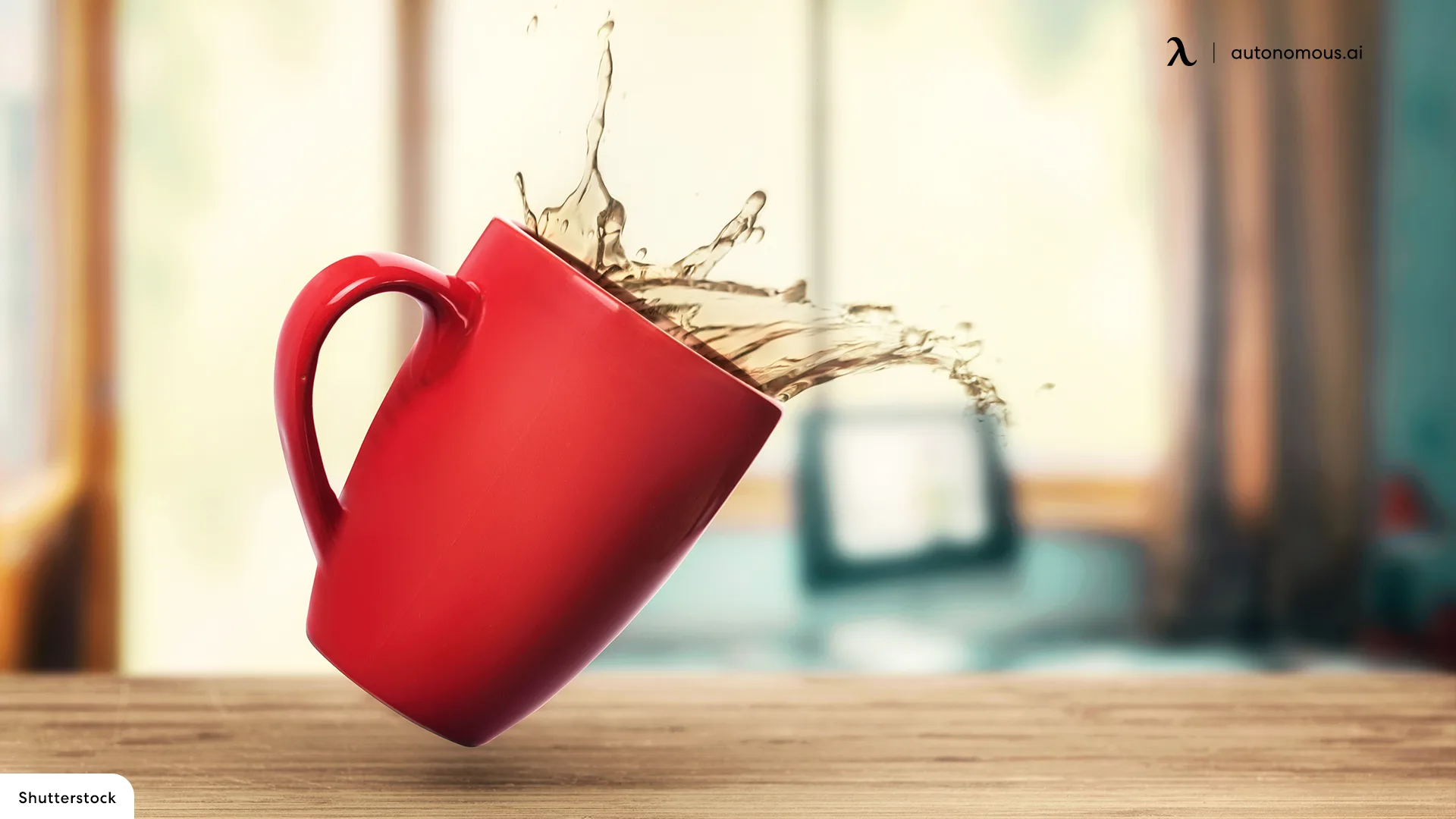
Water spills are another factor that might ruin your tables. If you spilled something on your tabletop and did not wipe it right away, the liquid may soak into the woodwork. The liquid might harm both the coating and the timber. Only use coasters and tablecloths for your beverages or mats to protect your wooden slat from liquid damage. You may even cover the wooden table with bespoke Plexiglas to protect office desks. Also, don't use any chemical-based treatments on your office desks. It has the potential to do a lot of harm to the timber.
Temperature
Wood tables and chairs can be severely harmed by extremes in temperature. Whenever hot pots, cookware, or plates are put on the top half of the table, they can discolor or scorch the wood. Stop placing hot pots and plates straight on your wooden deck to avoid this. Keep a safety pad or fabric under the kitchenware or dinnerware if necessary. You may even cover the entire wooden table with a protective cushion. Minimize exposure of your wooden L-shaped desks to sunlight; this will help them last longer. Wood dries out due to exposure to the sun, eventually cracking. Wood boards can also be bleached and faded if exposed to a lot of sunshine.
The Climate
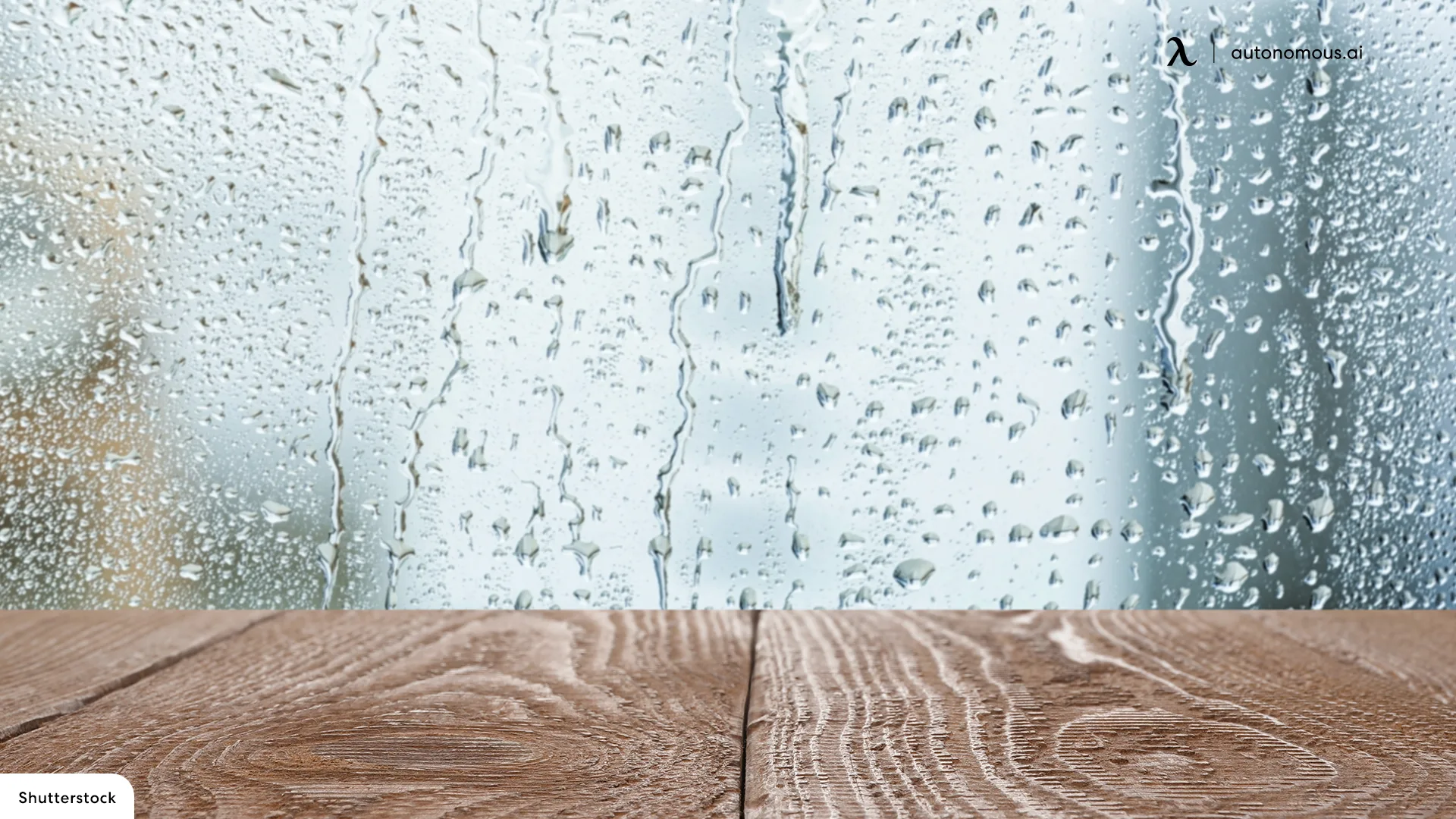
Various weather conditions might impact your furniture pieces. It might become fragile and wilted as a result of rain or snow. Also, during the summer season, prolonged exposure to sunshine can wear out the timber and produce cracks. Utilize water-resistant sealants or polymer coating to keep your wooden tables from being harmed by the elements. Your hardwood table will rot, deteriorate, or fade quickly if none of these is present. Wood furniture may be made to last longer by wind, sunshine, and humidity. Make sure you choose the best wood to make a desk.
Keeping Your Hardwood Table Clean
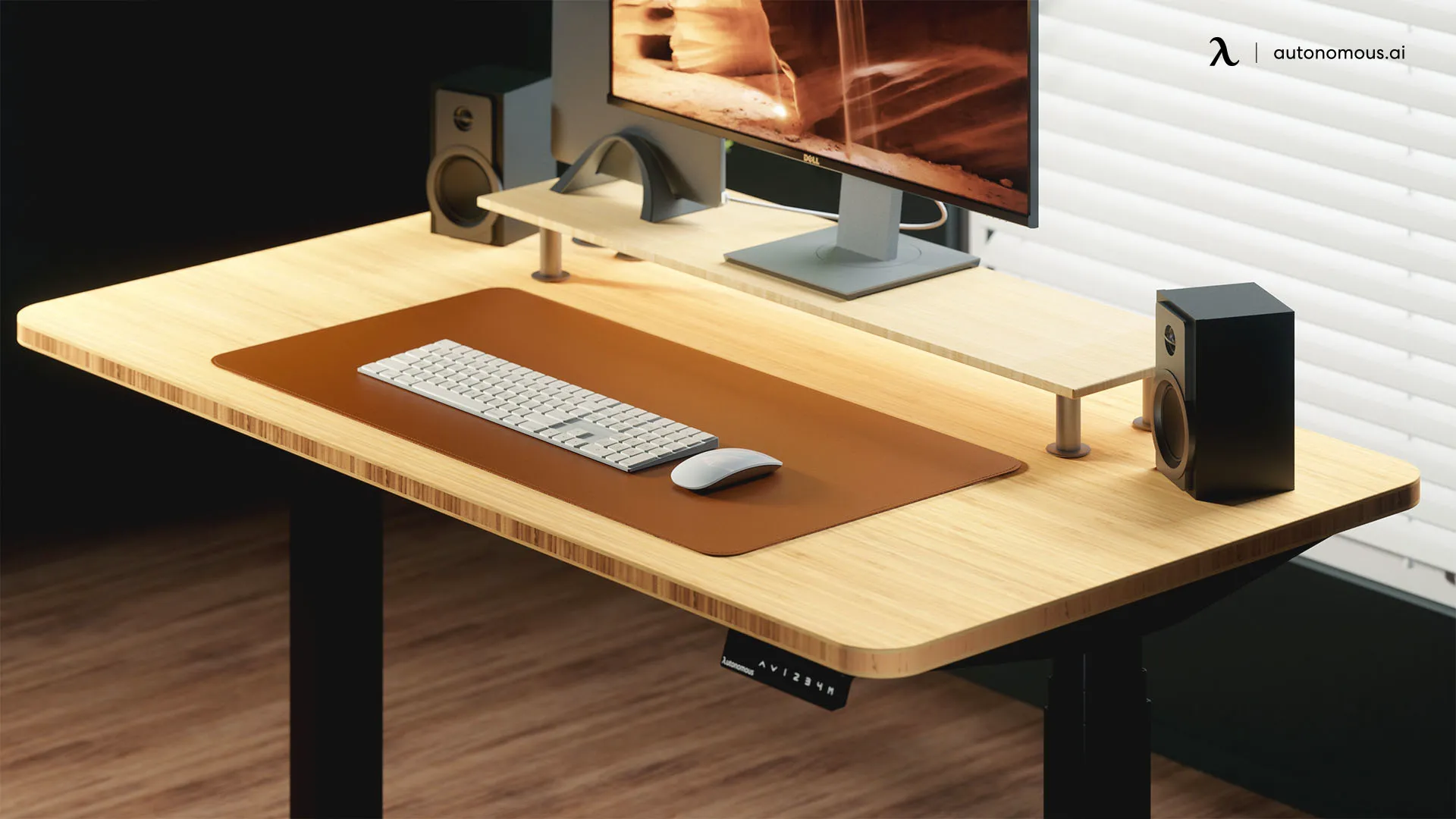
Cleaning and protecting a wood table regularly is essential, particularly if you and your household eat there frequently. When maintaining your tabletop, you must be super careful when using ready-made solutions because many of them include chlorine bleach and scrubbers that will tear down the surface and create lasting harm.
Our maintenance tasks would not only remove germs to protect wood tables. However, they would also be gentle on your hardwood table, keeping it safe, having meals on and assuring it would last a long time. Moreover, It is also critical to varnish the top of your bamboo desktops to preserve them from damage. Here are some of our chosen wood table cleaning methods:
Removing Scratches with Vinegar
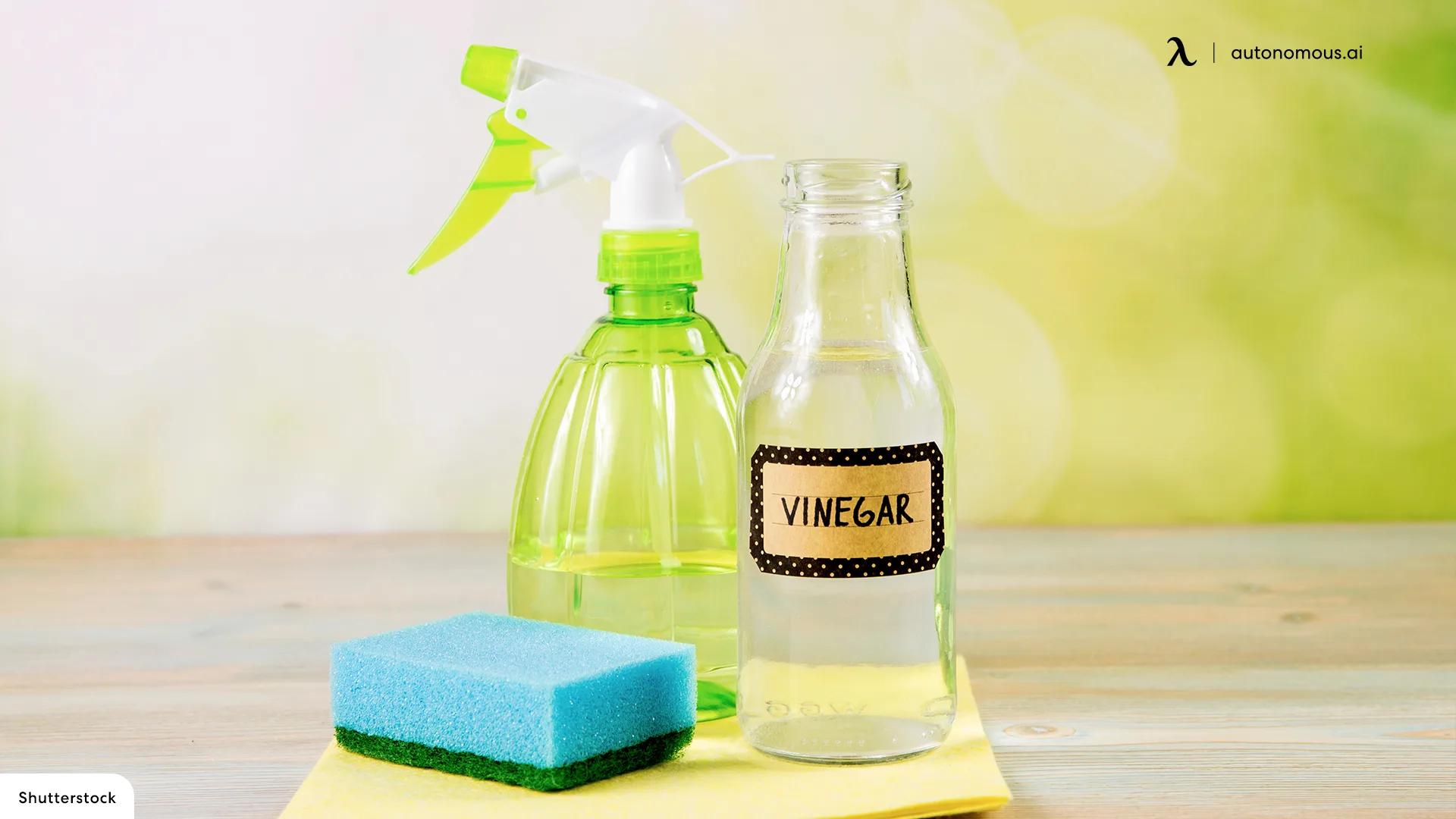
Cover the bowl halfway with hot water and a tiny quantity of white vinegar, approximately 1-3 teaspoons for one cup of hot water. Because white vinegar is indeed a corrosive liquid, it's critical to neutralizing it with fresh water. White vinegar's bitterness makes it great for cleansing a dining surface after anything has been spilt.
Make sure that you possess all the appropriate vinegar-to-water ratios by beginning with a solitary spoonful of vinegar and a bowl of water and testing a tiny section of your desk before washing the entire surface. We recommend a more diluted solution for beeswax and oil treatments to protect wood tables, whereas varnishes and shellac require a stronger mixture. You can wipe the table with a cloth dipped in the mixture and wait for the results to show.
After wiping off the table completely with the towel, refresh it with fresh water and wash it down again. It'll get rid of the vinegar remains and any other debris. Make sure the tabletop is as clear as possible by using a different dry, soft cloth. Dampness will begin to tear down your countertop finish if it is left on the surface for an extended period.
Removing Scratches with Sandpaper
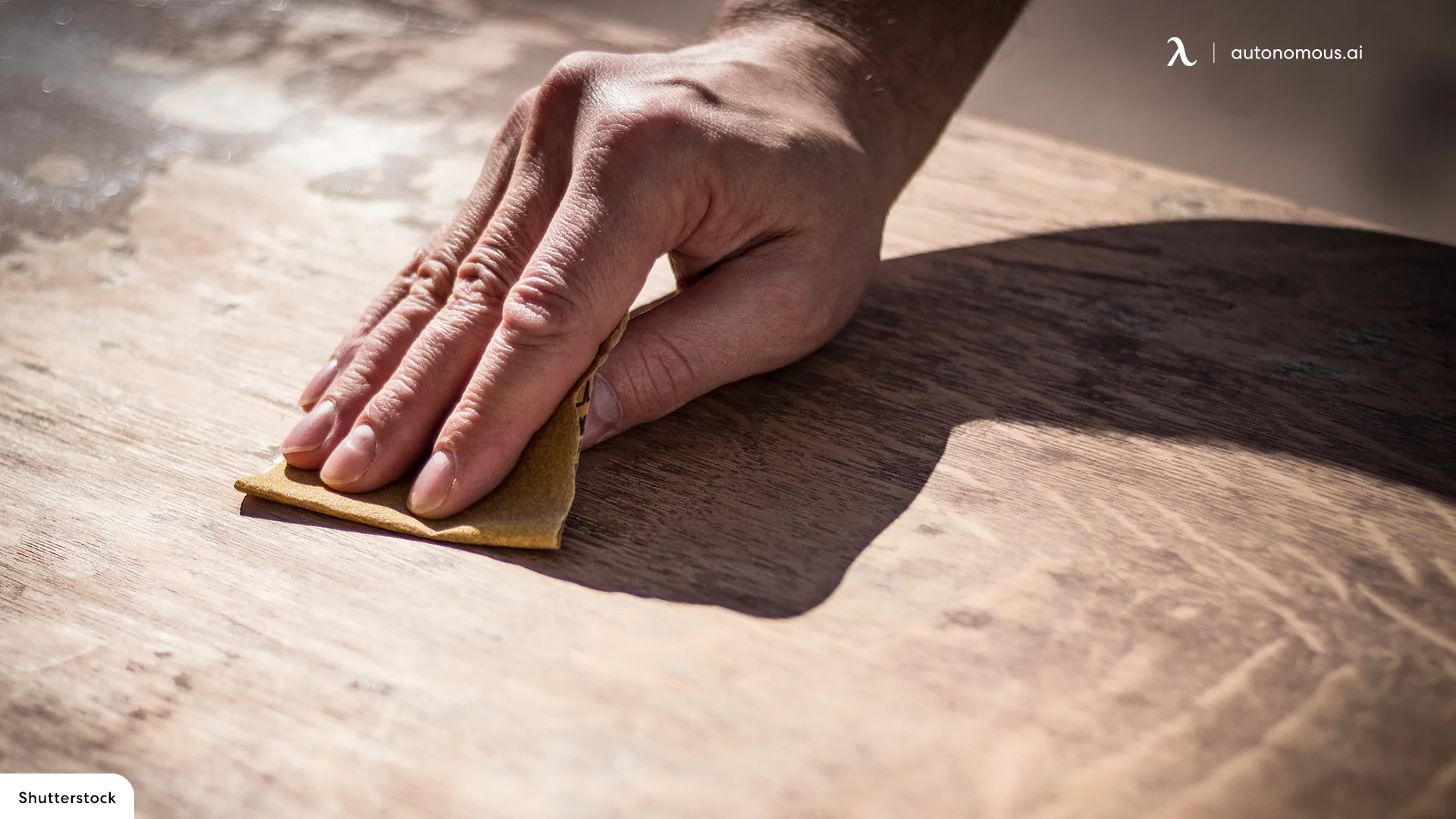
Carefully scrubbing the region with sanding sponges or sandpaper blocks may erase most mild or minor scratches and protect wood tables. Rub it in the grain direction. The scratches will eventually come off. That is because sandpaper scrapes your table and chairs. The scratches will merge into the organic texture of the wooden table if you go with the flow. If you go against the pattern, the marks will stick over and not mix. The damages generated by the lesser grit paper will be removed by cleaning the region with coarse sandpaper.
Stay connected with us!
Subscribe to our weekly updates to stay in the loop about our latest innovations and community news!
Interested in a Link Placement?
Spread the word
.svg)
.svg)



/https://storage.googleapis.com/s3-autonomous-upgrade-3/production/ecm/230914/bulk-order-sep-2023-720x1200-CTA-min.jpg)

/https://storage.googleapis.com/s3-autonomous-upgrade-3/static/upload/images/new_post_author/admin-1.png)